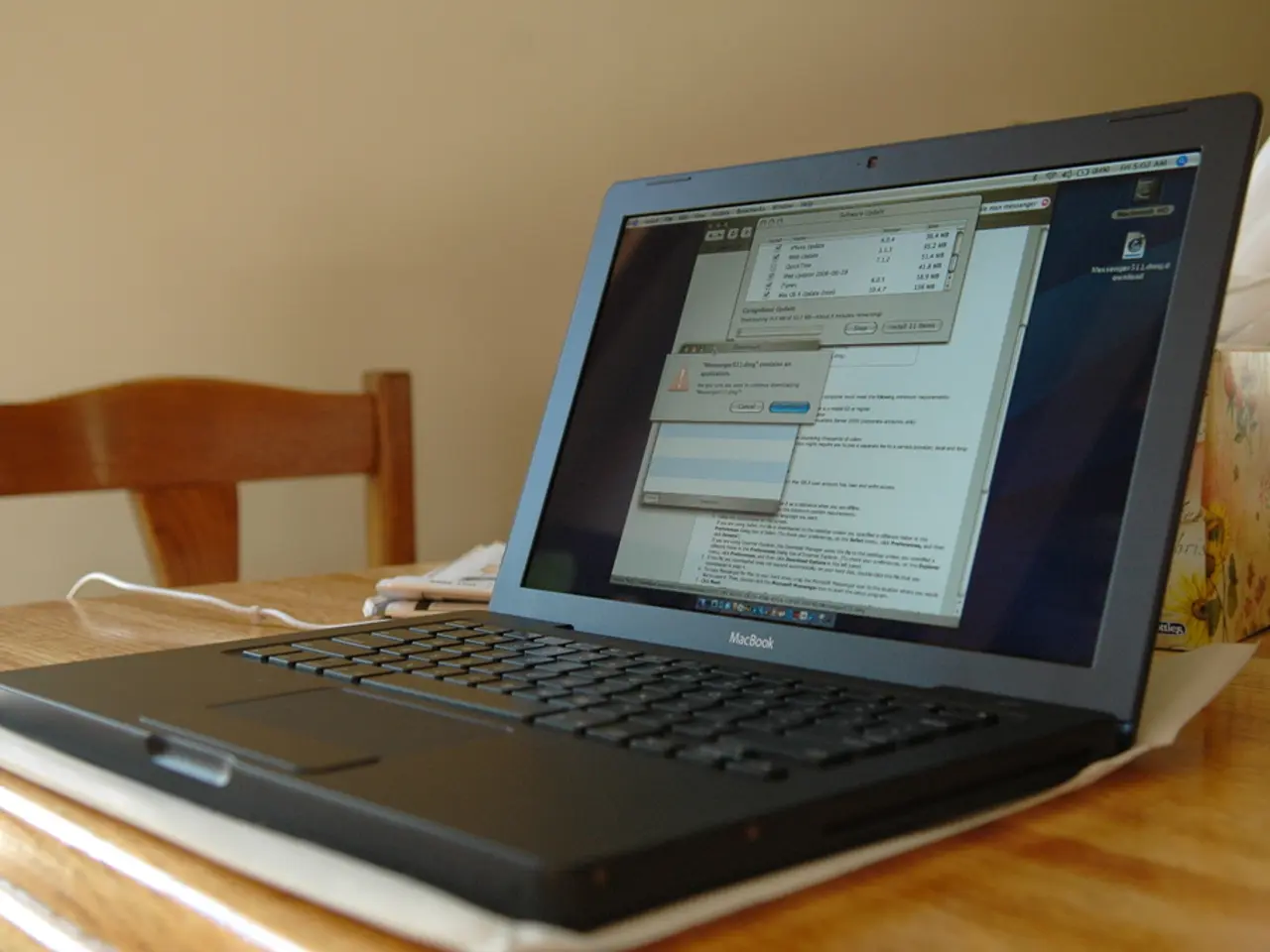Getting Smart with Your Gadgets: EU Energy Labels Explained
Mobile Phone Repair Efficiency Evaluation under EU Energy Label Standards
Hey there, tech-savvy! Don't trash that busted device just yet—repairs might be the way to go! Starting this Friday, smartphones and tablets sold in the EU will sport new energy labels, designed to help you make educated decisions about their durability and repairability before buying. Curious about what these labels mean for you and your gizmos? Here's the scoop:
What's the Smart Lowdown on Energy Labels?
The energy label offers an easy-to-understand depiction of a device's energy efficiency, similar to appliances like washing machines, light bulbs, or TVs. The European energy efficiency scale, ranging from A (dark green) to G (red), indicates how efficiently your new gadget uses energy.
The label also discloses how many hours you can use the device after a full charge and the number of charge cycles its battery can withstand before it retains only 80% of its original capacity. The device's resilience against drops and its repairability are rated on scales from A to E, with higher classes indicating greater robustness and ease of repair.
To further ensure your device is equipped to withstand the everyday mishaps, the label displays your device's protection against dust (rated from 0 to 6) and moisture (from 0 to 8). A device earning a 68 rating is particularly fortified.
Finding Your Label
Suppliers and retailers have been ordered to showcase the energy label near the product, both online and in stores, according to the Commission's guidelines. The German Environmental Aid has announced plans to randomly check compliance in stores.
Got Pockets Lined with Gold?
The energy label does not disclose information about the cost of repairs. A spokesperson for the European consumer protection organization Beuc states, "The easier it is to disassemble a product and find replacement parts, the higher the repair class. However, it's essential to recognize that the price of replacement parts and repair services is not factored into the final score."
A smartphone with a repair class of A doesn't guarantee cheaper repairs.
Going Green and Getting Smarter
In addition to the energy label, manufacturers must also meet new ecodesign requirements. Smartphones and tablets ought to be sturdier, and their batteries should last longer. Manufacturers must provide essential spare parts like displays, batteries, and camera modules within five to ten working days for seven years after purchase. Software updates should be offered for at least five years.
Making Wise Choices and Saving the Planet
The intention behind these changes is to support consumers in making more informed and eco-friendly purchasing decisions. By offering comparisons between devices, the energy label aims to help you make smarter choices. The new requirements are expected to save massive amounts of CO2 and electricity.
The consumer protection organization Beuc is optimistic about the usefulness of the energy label: "The energy label can assist consumers in finding the most powerful products," said a spokesperson.
The German Environmental Aid (DUH) also welcomed the innovation but advocated for a broader extension of the requirements to include all electrical devices. "The new regulations for smartphones and the like are a significant step toward more environmentally friendly products and improved consumer information," said DUH Federal Director Barbara Metz. "However, what about all the other electrical devices? The growing mountain of e-waste from short-lived and difficult-to-repair devices is a cause for concern."
Laptops on the Horizon?
The energy label isn't just for smartphones and tablets—laptops are also getting a turn. According to the Fraunhofer Institute for Reliability and Microintegration in Berlin, which played a role in the development of the energy label, a similar label for laptops is in the works and scheduled for introduction in 2028.
On the horizon for gadget enthusiasts, the EU energy label is set to expand its application to a broader range of mobile communication devices, including feature phones and cordless phones, starting June 20, 2025.
[1] Fraunhofer Institute for Reliability and Microintegration. (2022). Energy labeling of smartphones and tablets. Retrieved March 09, 2023.
[2] Partner, E. D. (2022, February 4). Mobile phone battery consumption and consumption patterns – EU-commission publishes a draft proposal. Retrieved March 09, 2023.
- "When comparing smartphones and tablets, take note of the energy labels that show their energy efficiency, battery life, and repairability. These labels can help you make informed decisions about your gadget purchases."
- "In the near future, you might also find energy labels on laptops, as the Fraunhofer Institute for Reliability and Microintegration is working on introducing a similar label for laptops, set to be released in 2028."




